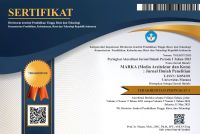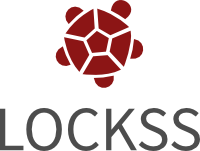Kajian Karakteristik Rumah Kongsi Etnis Tionghoa Udik Di Tangerang Raya
Abstract
Chinese migrants settled in Malay Archipelago in the 15th century. They carried their culture, especially their traditional houses (Kongsi). They come from Guangdong and Fujian, whose ethnicities are Hokkien, Hakka, Cantonese, Teochew. In Tangerang Raya area there are still a number of these houses that have survived, but are threatened with extinction. Though this house is also one of Indonesia's architectural heritage. So it is important to conduct its architectural research as an initial effort for conservation. What are the architectural characteristics of Kongsi's house in Tangerang Raya? Are there changes and shifts in characteristics that are different from the origin? This study uses qualitative methods by conducting observations of primary data in the field and other secondary data sources. This study aims to examine the character of the space system, the shape-form system, and the stylistic system of Kongsi houses in Tangerang Raya in three locations, namely: Panongan, Sewan, and Teluk Naga. The results showed that Kongsi houses in Tangerang Raya followed the traditional Siheyuan type of Chinese house. But there are some changes and shifts in the form of adaptation to the local local environment; minor on the system of space, moderate on the system of shape, major on the stylistic system.
Downloads
- Abstract 1562
- PDF (Bahasa Indonesia) 950
Copyright (c) 2020 Louis Alexandra, Muhammar Khamdevi

This work is licensed under a Creative Commons Attribution-ShareAlike 4.0 International License.




















